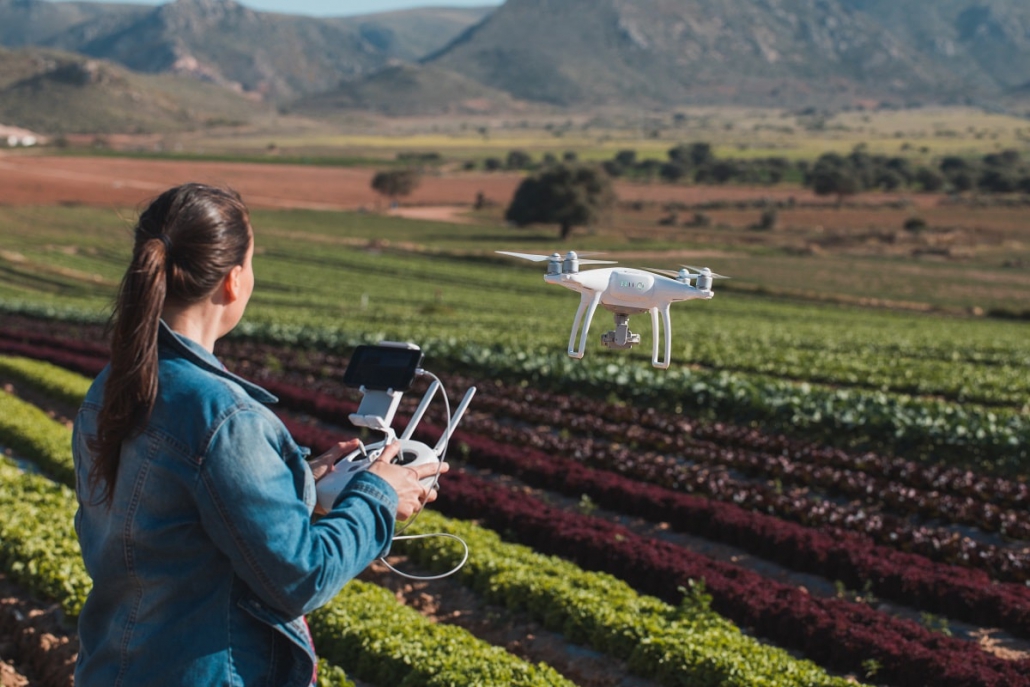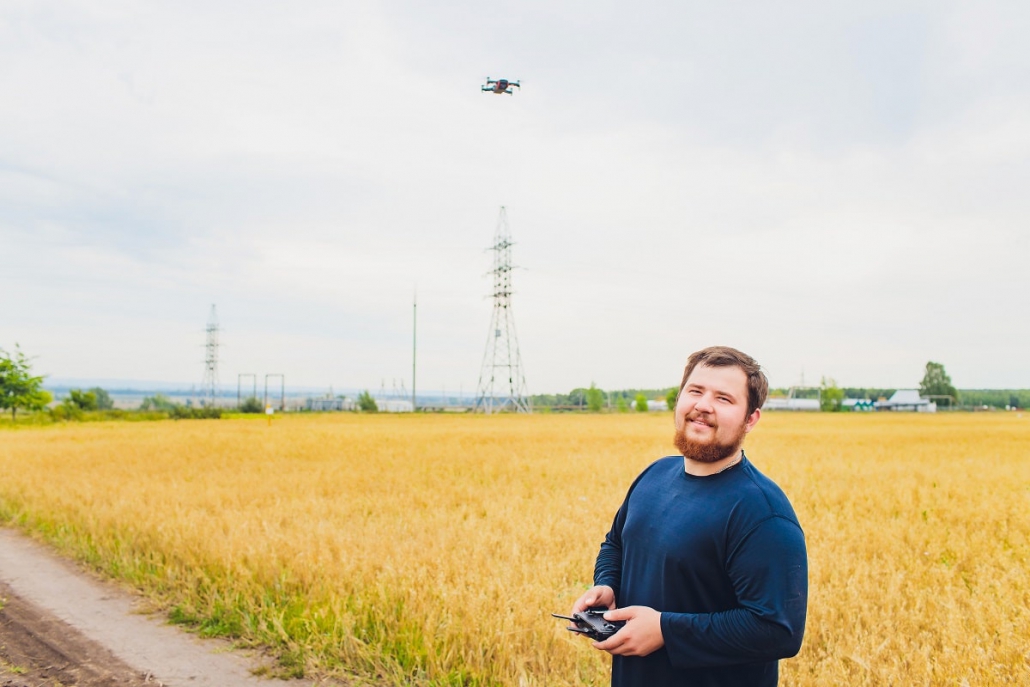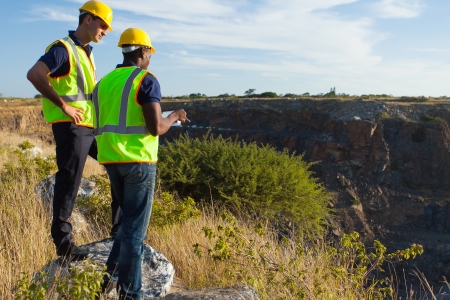Old MacDonald Had a Drone: How Land Surveyors and Agriculture Drones can Help Farmers
Agricultural drone technology is booming. As drones become more advanced — with longer flight times and better sensors, to start — they also become more useful to the agricultural industry.
Drones can be used for a multitude of applications on a farm, from initial planning to continued maintenance. And even better, farms don’t need to purchase drone technology to use it. Farmers can use drone technology services for many of these benefits, thereby creating a more cost-effective solution for otherwise time-consuming and expensive tasks.
Wondering how to use drones in agriculture? Here are a few of the most useful examples.
Measuring Crop Distribution: Improve the Productivity of Your Farm
Crop distribution is easier through aerial surveying. With aerial surveying, a farmer can easily scan their entire farm, to measure and analyze metrics such as crop distribution. Drones are able to measure crop distribution faster and more efficiently than other, more traditional methods.
Through better analysis, you can formulate plans for more efficient farming in the future. The more data you have, the more confident you can be.
Farm Planning: Simulate Your Planting and Irrigation
Through surveying, farmers are able to plan their planting and irrigation ahead of time. Surveys can be used to simulate a development before ground is broken, which is especially important in farming, where profit margins can be tight. Farmers can even simulate light and weather effects, to determine whether their irrigation is going to be efficient, and to determine whether the crops are placed correctly.

Agriculture Drones for Farmers 
Agriculture Drones can Help Farmers 
Land Surveyors
During the very initial phases of a development, surveys can also be used for land elevation. By using surveys for land elevation, farmers can identify the most cost-effective ways to pre-level their development.
Seed Planting: Plant Faster and More Reliably
Seed planting can be time-consuming using traditional methods. Drones can be used to plant more effectively, as drones can spread seed close to the ground, with high-precision coverage. This leads to less waste, and more productivity throughout the year. The larger the farm is, the more useful drones are for seed planting and seed delivery.
Crop Spraying: Protect Crops Faster and More Efficiently
Just a decade ago, crop spraying via drone wouldn’t have been possible. But today’s drones can carry heavier loads and carry them for longer. Through drones, farmers are able to ensure that their crops are sprayed consistently and quickly, without the need for expensive equipment or manual labor.
Drone spraying is a fraction of the cost of crop dusting, and it’s still more effective than other methods of spraying, such as spraying directly from a vehicle. For farmers who want to save money during their crop maintenance or target only dying crops, drone crop spraying is the easy choice.
Livestock Tracking: Use Heat Signatures to Track Your Livestock
Drones can even be used to track livestock. Using heat signatures, drones can be used to identify where livestock are, ensuring that livestock are where they should be and that no livestock has gone missing. Over large territory, drones can be used to find livestock quickly. This is especially useful for large farms through which livestock may roam far. You can respond to straying livestock much faster than you otherwise could, thereby ensuring that your livestock remains safe and healthy.
This isn’t all. There are many ways drone technology can be used to augment traditional farming processes. Drones can be used any time it’s important to complete scans from a planimetric view, and they can be used in conjunction with sensors and other advanced technology.
Are you wondering how drones could help your farm? Take an in-depth look at how drone surveying can help with agriculture and forestry. An agriculture drone can save you time and money—you just need a solid drone partner.




